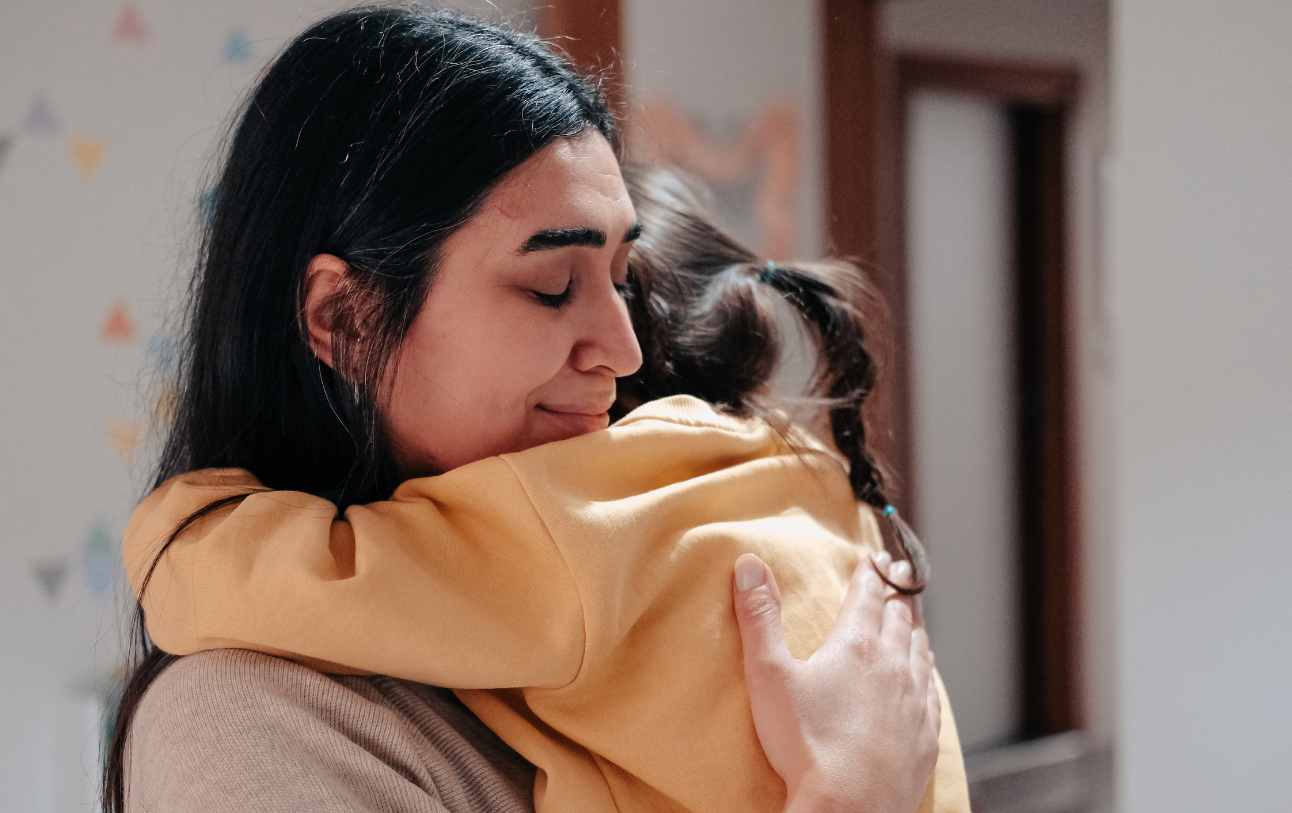In each of our Spotlights we looked at the experiences of a group of victims and survivors who face additional barriers to accessing support, or who can feel ‘hidden’ from services. But victims of domestic abuse aren’t hiding from services – it’s the system that fails to seem them. We know this can feel particularly true for parents who are experiencing domestic abuse and engaging with agencies like children’s social care. We know that a failure to see the whole picture for the whole family can sometimes mean that the needs of the adult victim are missed – and the perpetrator remains invisible and unchallenged.
In the eighth of our spotlights, we looked at how it feels attempting to navigate complex systems and agencies, while trying to keep yourself and your child safe. We considered what great practice looks like and what practical steps agencies and professionals can take to make sure they’re seeing the whole picture for every family. We were delighted to work in partnership with the Local Government Association on this spotlight.
About SafeLives’ Spotlights series
Our 2016–2019 Spotlights series shone a light on hidden victims of domestic abuse. We explored the experiences of victim groups who face additional barriers to accessing support, and can feel ‘hidden’ from services. Discover insight from survivors, practitioners, academics and other experts, alongside our own research and data.




